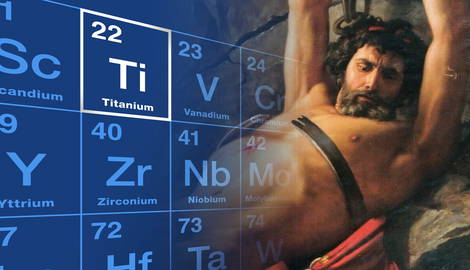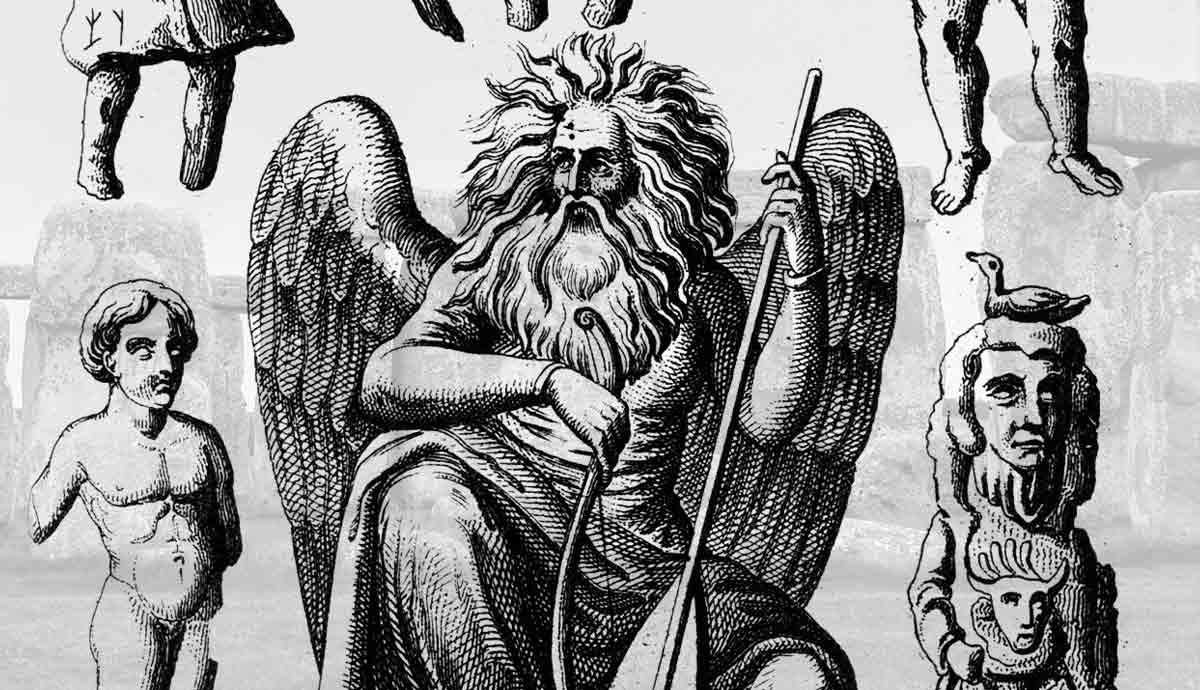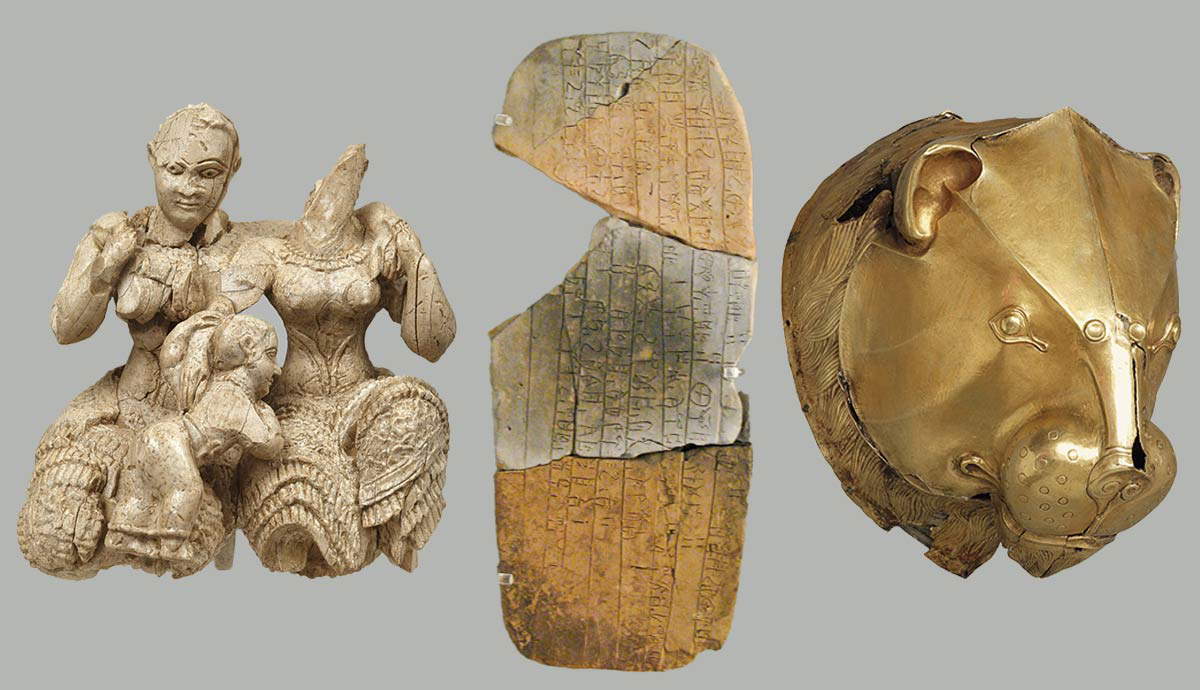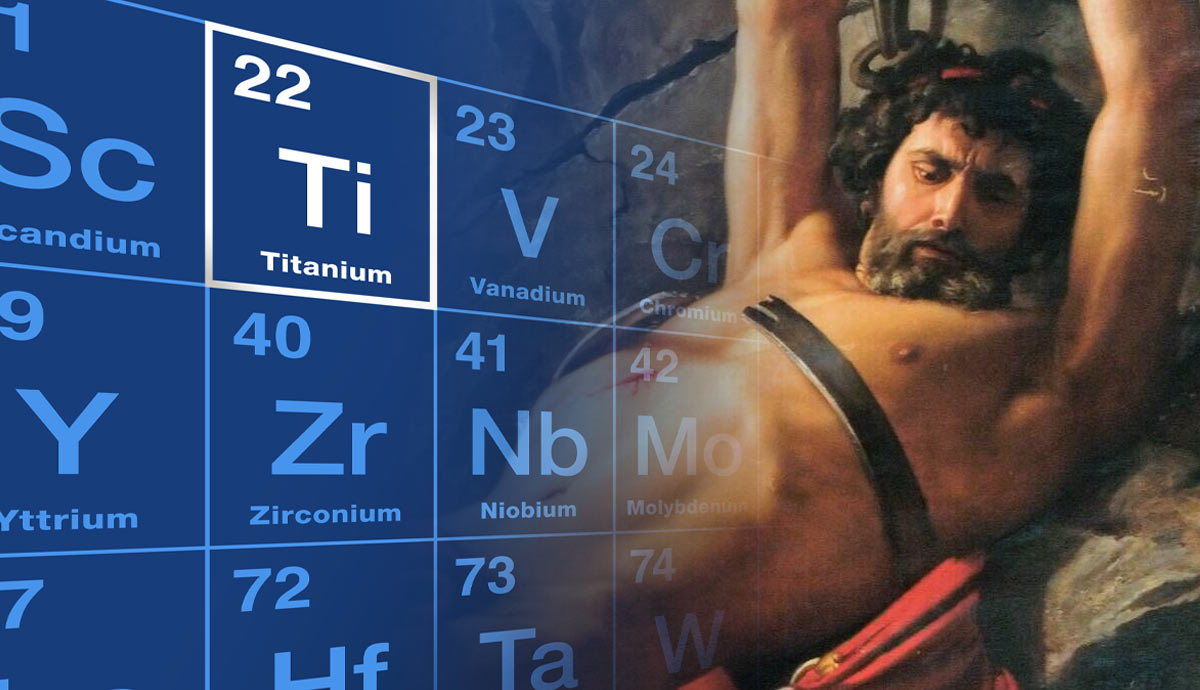
There are 118 chemical elements on the Periodic Table; 19 of these elements are named after real historic figures. These include the likes of Einsteinium (named after Albert Einstein), Curium (Marie and Pierre Curie), and Nobelium (Alfred Nobel).
But on delving deeper into the world of chemical elements and their weird and wonderful names, one may naturally question if there are any that have been named after fictional characters or mythological figures? The answer is yes, there are actually 17 elements named after seventeen men and women taken from our favorite legendary stories. Unbelievably, that’s almost as many as are named after actual people!
1. Iridium (Iris, Greek Personification of the Rainbow)

Of all the goddesses in Greek mythology, Iris is usually depicted as one of the most beautiful. This is only too predictable, for what could be more beautiful than the personification of a rainbow? In music, art, and literature, Iris is portrayed with ringlets of long blonde hair, a body covered immodestly with light cloth, and the delicate streak of a rainbow glistening in her wake. Occasionally, portraits will feature a small set of wings.
Iris is best remembered for being the daughter of Thaumas and Electra, and for becoming a loyal servant of Hera, the Queen of the Olympians. She has no unique mythology of her own; other than the brief snippets regarding the messages she delivered on behalf of her superiors, she features in very few stories. Certainly, Iris is never chosen as the main character. It is her connection with nature, in particular the colors of the rainbow, that makes her image so appealing and enduring, even to the 21st-century audience.
In 1803, a new element was discovered by the English chemist, Smithson Tennant (1761-1815). Due to the many colors of its compounds, the name Iridium was chosen in reference to the goddess Iris.
Iridium is one of the rarest elements in the crust of planet Earth. Its atomic number is 77, and its symbol is Ir.
2. Promethium (Prometheus, Giver of Fire to Man)

Anyone with an interest in mythology will be familiar with the stories of Prometheus. Even those who have no interest in such subjects will almost certainly have stumbled across his name on several occasions. So famous is Prometheus that he even features in the full title of the Gothic story by Mary Shelley (1797-1851), Frankenstein, Or the Modern Prometheus, which was published in the year of 1818.
Prometheus is remembered for a variety of reasons, and his name is connected with many fascinating tales, but he is undoubtedly most famous for one story in particular. It was he who defied the Olympian Gods by stealing fire from them and giving it to humanity. As punishment for this one action, Prometheus was condemned to what would have been considered eternal torture. He was fastened to a rock so that an eagle (the emblem of the god Zeus) could be sent to peck out and consume his liver each day. His liver would grow back overnight so that the torture might resume forever in a never-ending cycle. According to many versions of these events, Prometheus was eventually rescued by the much-loved hero, Heracles.
Prometheus gave his name to a chemical element which was discovered in the year 1945 by a group of jointly accredited scientists: Charles D Coryell, Jacob A Marinsky, and Lawrence E Glendenin.
When considering a name, the discoverers proposed the name Promethium. Supposedly, this name was selected to symbolize both the daring and the possible misuse of mankind’s intellect.
Promethium has the chemical symbol Pm and the atomic number 61. It is considered a hazardous element due to its high levels of radioactivity.
3. Selenium (Selene, Greek Goddess of the Moon)

Selenium is a chemical element with the atomic number 34 and the symbol Se. It possesses several different physical appearances, and can be found in red powders, black solids, and silvery metallic forms.
Selenium was discovered in the year 1817 by Jöns Jacob Berzelius (1779-1848), who also discovered Thorium. Berzelius noted that his newly discovered element possessed extremely similar properties to the recently discovered Tellurium. Since Tellurium had been named after the planet Earth, Berzelius thought that it might be appropriate to name the new element after the moon.
Therefore, Selenium is indirectly named after Selene, the Greek personification of the moon. Predictably, Selene’s brother was Helios, the Greek personification of the sun. Her Roman counterpart is the goddess Luna.
4. Mercury (Mercury, Greek Messenger God)

Mercury is a chemical element with the symbol Hg and the atomic number 80. It is commonly referred to as quicksilver, firstly because of its striking color, and secondly because of the way in which it moves. Mercury is the only metallic element that is known to be liquid at room temperature.
Mercury is one of the elements that does not have an exact date for its discovery. In fact, its usage was first recorded several centuries before any of the other elements on this list were even considered. Shockingly, mercury was known to ancient civilizations as early as 1500 BCE. Nobody knows who discovered mercury or when. As far as the majority of the modern world is concerned, it has just always been there.
The name mercury has its origins in Roman mythology. The element mercury shares qualities with the legendary character Mercury, who is best remembered for being a quick-footed messenger, and the god of commerce and communication. Both mercury, the element, and Mercury, the god, share their name with the smallest planet in our Solar System. It is this planet that is also the closest to the sun.
The Greek counterpart of Mercury is Hermes.
5. Palladium (Athena, Greek Goddess of Wisdom)

Palladium is an element that stands out amongst the rest on this list. This is because it does not sound at all like the mythological figure with whom it is associated. Palladium, which has the atomic number 46 and the symbol Pd, is actually named after Athena, the Greek goddess of wisdom, warfare, and handicrafts. Palladium actually takes its name from the word Pallas, which was often given as Athena’s epithet. The Roman counterpart of Athena is the goddess Minerva.
The philosopher Plato recorded his thoughts about the name of Athena: “This is she who has the mind of God. However, the name Theonoe may mean “she who knows divine things” than others. Nor shall we be far wrong in supposing that the author of it wished to identify this Goddess with moral intelligence and therefore gave her the name Etheonoe; which, however, either he or his successors have altered into what they thought a nicer form, and called her Athena.”
It was William Hyde Wollaston (1776-1828) who first noted the discovery of Palladium in the year 1802. He named the element after an asteroid named 2 Pallas, which had been spotted two months previously, and was in the process of being considered as an officially recognized planet. So, the asteroid was named after Athena Pallas, and element 46 was named after the asteroid.
The symbol of Athena is an owl, which is said to represent both wisdom and foresight.
6. Thorium (Thor, Norse God of Thunder)
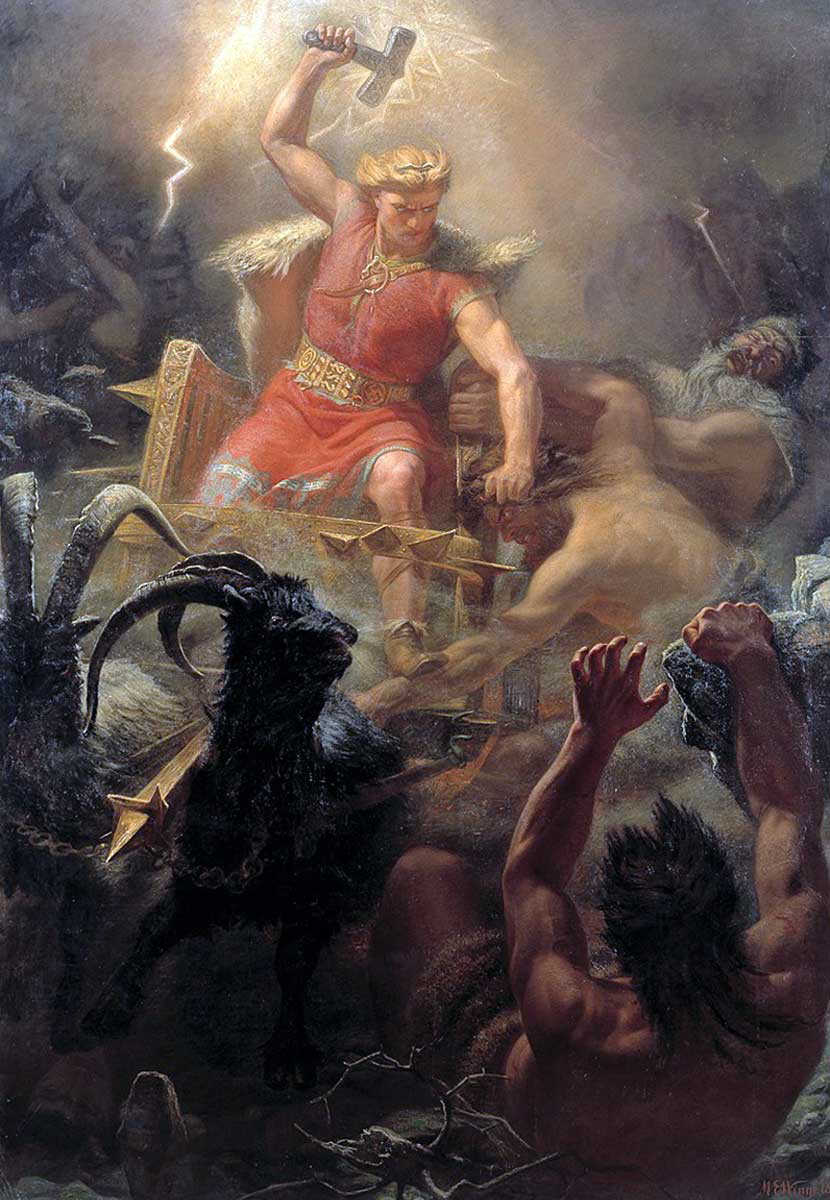
Thorium is a chemical element with the atomic number 90 and the symbol Th. It is classed as one of the hazardous elements, and although there have been concerns regarding how safe it is to use, its radioactivity is said to be weak in comparison with that of many others.
Thorium was discovered in the year 1828 by the Swedish chemist Jons Jacob Berzelius (1779-1848). It was Berzelius who chose to name the new element after Thor, the Norse god of thunder and war.
Thorium is one of only two elements to be named after figures from Norse mythology. The other is Vanadium, which was named after Vanadis, who is more commonly known as Freyja, goddess of love, sex, and fertility.
7. Uranium (Uranus, Personification of the Sky)
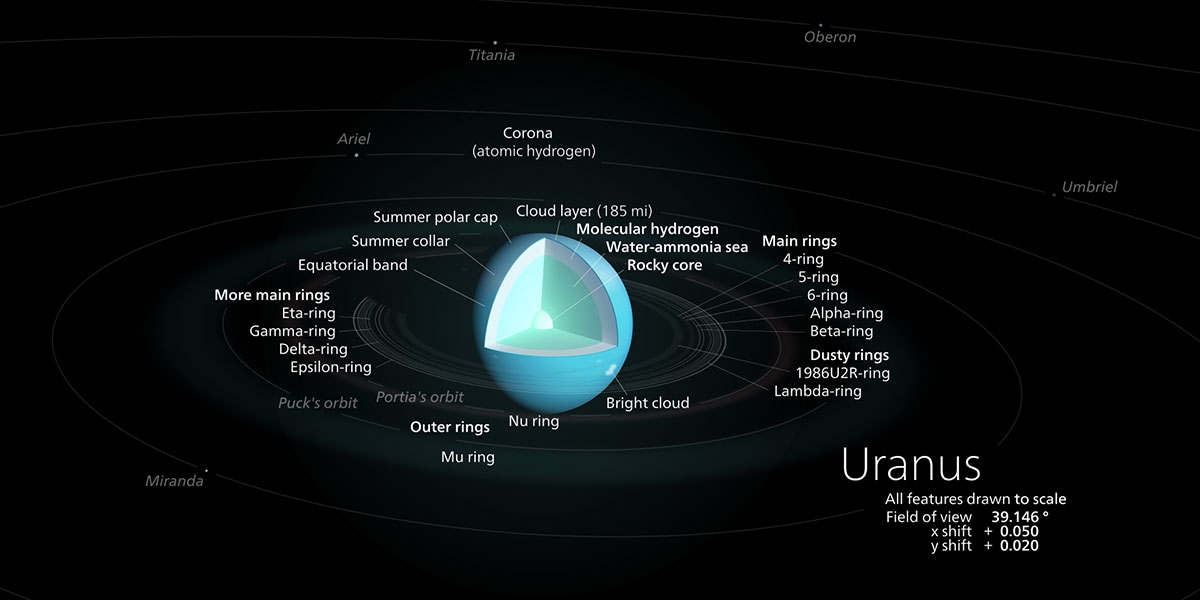
Uranium is a silver-white, weak but slightly radioactive chemical element which appears on the Periodic Table. Its atomic number is 92 and its symbol is U. Uranium’s hardness is equal to that of the elements titanium, rhodium, manganese and niobium, two of which we will briefly consider later in this article.
The discovery of Uranium, which was made during the year 1789, is credited to the German chemist Martin Heinrich Klaproth (1743-1817).
Uranium is one of the chemical elements on this list that has been technically, but rather indirectly named after a mythological figure. Klaproth named his exciting new element after the planet Uranus, which had been discovered eight years earlier, on March 13, 1781, by astronomer William Herschel (1738-1822).
The planet Uranus had then been named after the mythological character Uranus, who is best remembered as the Greek personification of the skies. So, first came Uranus the character, then came Uranus the planet, then finally came Uranium the element.
In comparison with other Greek deities of his kind, there are very few surviving stories that feature Uranus as a main character. The Roman counterpart of Uranus is Caelus, the god of the sky and the heavens.
Uranus is unique in the way that he is the only Greek god to have a planet named after him. The other planets, except planet Earth, bear the names of Roman gods (Mercury, Venus, Mars, Jupiter, Saturn, Neptune).
8. Neptunium (Neptune, Roman God of the Sea)

Neptunium is another of the chemical elements that is indirectly named after a popular, mythological figure. Neptunium was named after the planet Neptune, which in turn had been named after the character Neptune, who is best remembered for being the Roman god of the sea.
In art and literature, Neptune is depicted as a man with a long dark beard, usually holding a trident (a three-pronged fork), and surrounded by aquatic creatures such as dolphins or seahorses. These attributes symbolize his power over the oceans.
The names of many scientists are associated with research into Neptunium. However, according to the Royal Society of Chemistry, the discovery was officially made by Edwin McMillan and Philip Abelson in the year 1940.
Neptunium has the atomic number 93 and the symbol Np.
9. Titanium (Titans, Pre-Olympian Gods)

Titanium is unique on this list of elements because it is the only one to be named after a group of characters rather than just one individual. Titanium is named after the Titans, who, according to Greek mythology, were the pre-Olympian gods. In all, there were twelve Titans, all of whom were the children of Uranus (god of the sky) and Gaia (goddess of the Earth). The brothers were named Oceanus, Coeus, Crius, Hyperion, Lapetus, and Cronus. The sisters were named Theia, Rhea, Themis, Mnemosyne, Phoebe, and Tethys.
Of the Titans, the Encyclopaedia Britannica says, “Hesiod’s Works and Days preserves the idea of the Titans as the golden race, happy and long-lived. The notion developed further under the Romans — who identified Cronus with Saturn — into a golden age of peace and prosperity.”
Titanium was discovered during the year 1791 by the clergyman and geologist William Gregor (1761-1817). However, it was Martin Heinrich Klaproth who named Titanium after the Titans of Greek mythology.
Titanium has the atomic number 22 and the symbol Ti. Titanium is found in almost all living things, including humans, as well as the bodies of naturally occurring materials such as water, rocks, and soil. It is notable for its exceptional industrial qualities, such as its high strength, low density, and resistance to corrosion from seawater.
10. Tantalum (Tantalus, Revealer of Secrets)

Tantalum is a chemical element with the atomic number 73 and the symbol Ta. It was discovered in Sweden in the year 1802 by the Swedish analytical chemist, Andres Gustaf Ekeberg (1767-1813). The name Tantalum was chosen in reference to a famous figure of Greek mythology. His name was Tantalus.
Tantalus is another name with which many will be familiar. Like many who have already appeared on this list, Tantalus is famous for many reasons and appears in lots of stories. However, he is best remembered for revealing many secrets of the gods, and also for trying to trick them into eating his own son.
Of Tantalus and his crimes, the Encyclopaedia Britannica says the following: “He abused divine favour by revealing to mortals the secrets he had learned in heaven. He offended the gods by killing his son Pelops and serving him in order to test their power of observation. He stole nectar and ambrosia, the food of the gods, from heaven and gave them to mortals.”
As punishment for his wrongdoing, Tantalus was condemned to stand in a pool of fresh drinking water. A tree of perfect, edible fruit hung slightly above his head. As he grew hungrier and thirstier, the water at his feet and the fruit at his head remained eternally out of reach, and forever tantalized him. Yes, this story is also the origin of the words tantalized and tantalizing.
Of his decision to name his element after Tantalus, Anders Ekeberg explained, “this metal I call Tantalum, partly in allusion to its incapacity, when immersed in acid, to absorb any and be saturated.” So, element number 73 was named after Tantalus, on account of its inability to retain some liquids.
Other Mythological Figures With Chemical Elements Named After Them

In this article, we have briefly reviewed just ten of 17 mythological figures with chemical elements named after them. The other seven, which have been unfairly omitted from this list, can be found below.
These are Helium (named after the Greek deity Helios), Tellurium (named after the Roman personification of the planet Earth), Niobium (the Greek daughter of Tantalus), Vanadium (named after the Norse goddess Vanadis, more commonly known as Freyja), Cerium (named after the Roman goddess of agriculture), Europium (named after the Greek Princess Europa), and finally Plutonium (named after the Greek ruler of the underworld).
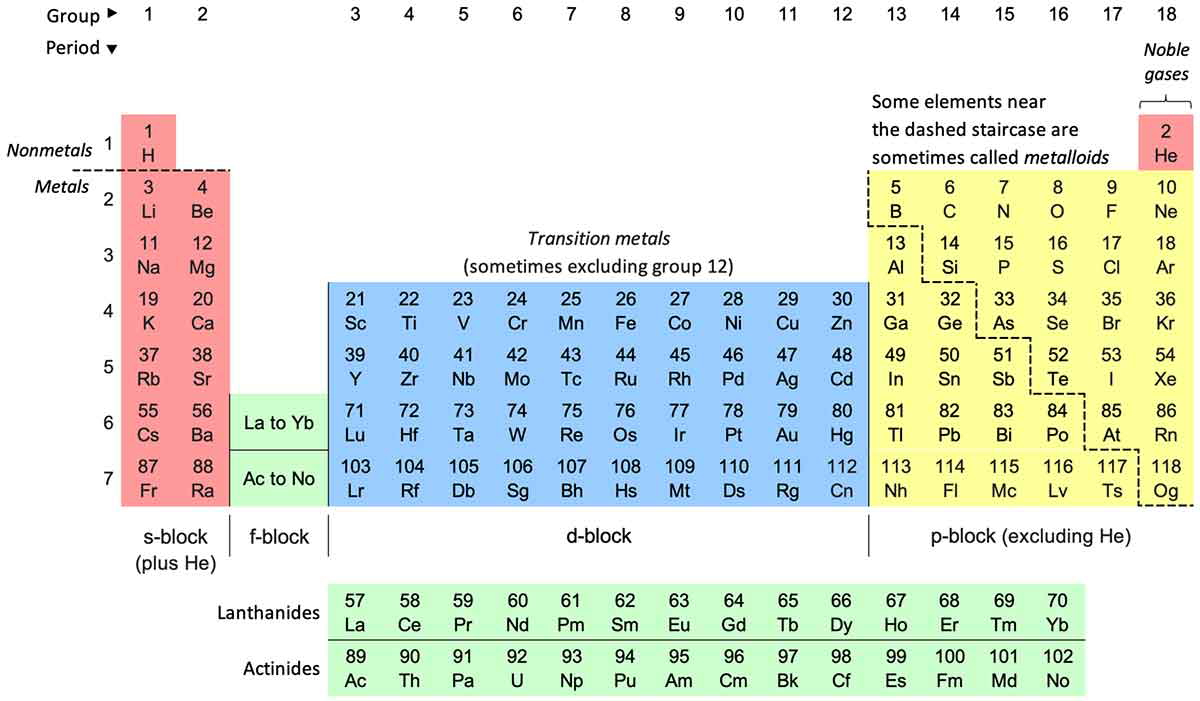
Not only are there chemical elements named after historic figures and mythological characters, but there are also chemical elements that are named after various locations around the world, such as towns, cities, and villages. Just a few of these include Francium (named after France), Lutetium (Paris), Scandium (Scandinavia), and Strontium (the village of Strontian in Scotland). There are even elements named after geographical features, such as Rhenium, which is notably named after the River Rhine in Europe.
Interestingly, not a single chemical element on the Periodic Table is named after the scientist by whom it was discovered. All 118 elements on the Periodic Table are confirmed and have a formal name, atomic number, and symbol. These names are verified by the IUPAC, the International Union of Pure and Applied Chemistry. As of March 2025, there are no unconfirmed discoveries, and all seven rows of the periodic table are completed.
